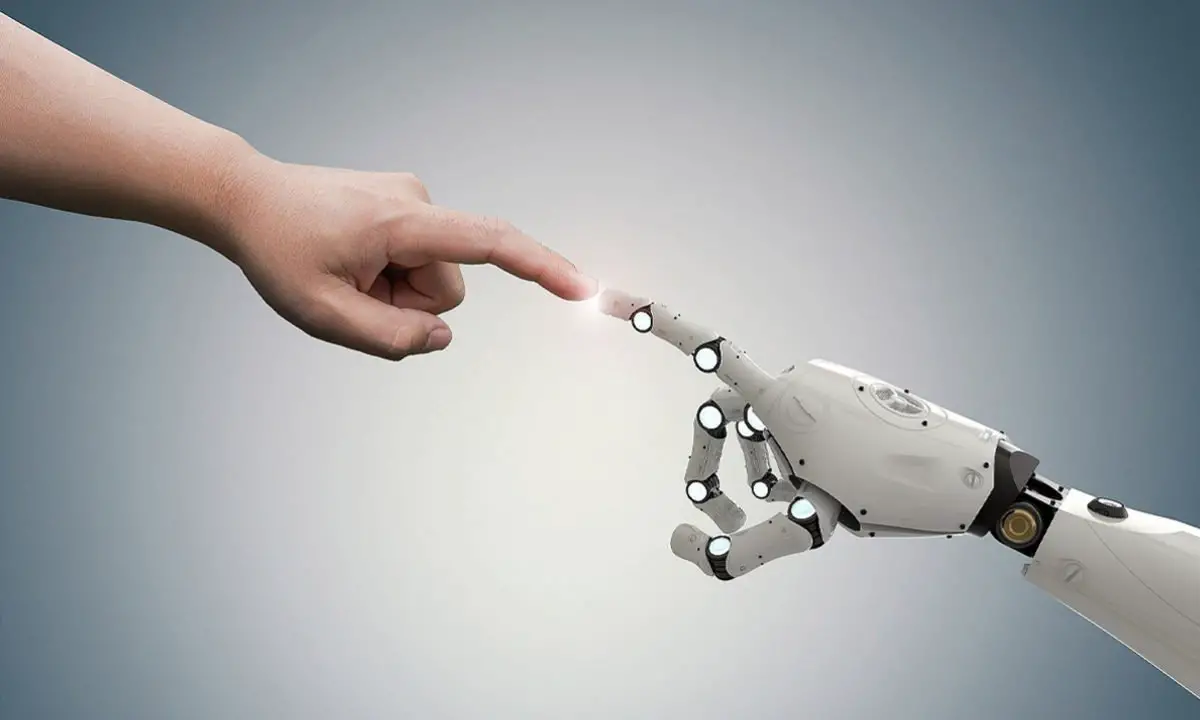Researchers at Cornell University, who have created a fiber optic stretchable sensor using LEDs and dyes, resulting in an elastic material similar to human skin, capable of detecting deformation, pressure, bending and even force and effort.
A system that opens the door to the development of applications of sensitive robotic systems, allowing the robots to implement the sense of touch, as well as a wide field of augmented reality, allowing the perception of sensations similar to those we would feel in the real world, through the interaction with purely digital elements.
- Google no longer supports Daydream VR project
- New augmented reality glasses from Facebook gives you perceptual superpowers
- Star Wars BB-8 maker Sphero will make military robots
However, Cornell University clarifies that this technology could also have other useful applications in medicine, currently working to create a use applied to physical therapy and other fields.
Based on previous work on stretchable sensors created in the laboratory of Rob Shepherd, who also led the team in the new research at Cornell University, researcher Hedan Bai’s new project focuses on the use of silica-based fiber optic stretchable sensors capable of detecting minor wavelength changes as a way of identifying multiple properties, including changes in humidity, temperature, and stress.
However, at first, these silica-fibers are incompatible with soft and elastic electronics, so Shepherd chose to create a multi-modal sensing sensor extendable light guide (called SLIMS), through a long tube containing a pair of elastomeric polyurethane cores.
This way, while one core remains transparent, the other is filled with absorbent dyes at multiple locations connected to an LED, coupled with an RGB sensor chip capable of registering geometric changes in the optical path of the light.
The use of a dual-core design increases the number of outputs the stretchable sensor of Cornell University can be used to detect a variety of deformations, including pressure, bending, or elongation. It indicates deformations by illuminating the dye, which acts as a spatial encoder. The technology is combined with a mathematical model capable of decoupling the different deformations and indicating their exact location and magnitude.
In addition, these SLIM sensors can operate with small optoelectronics with lower resolution, which makes their creation process notably less expensive and easier to manufacture and integrate into systems. Cornell University makes a stretchable sensor and this project is a big step for the future of robotics and VR.





